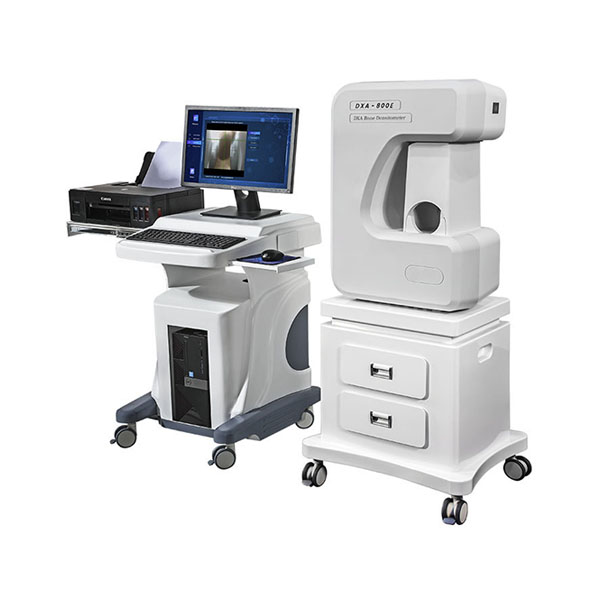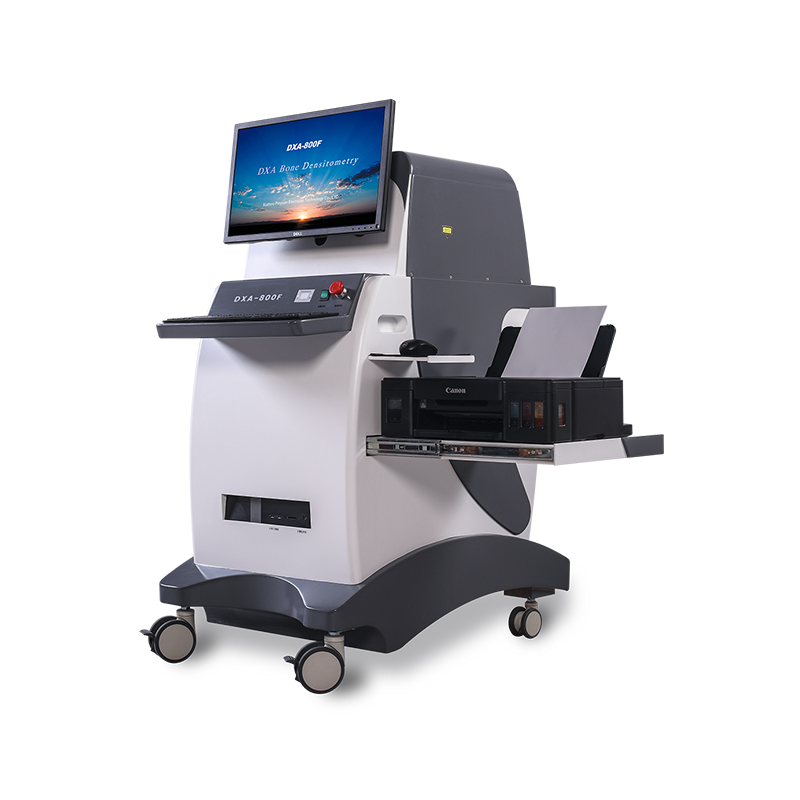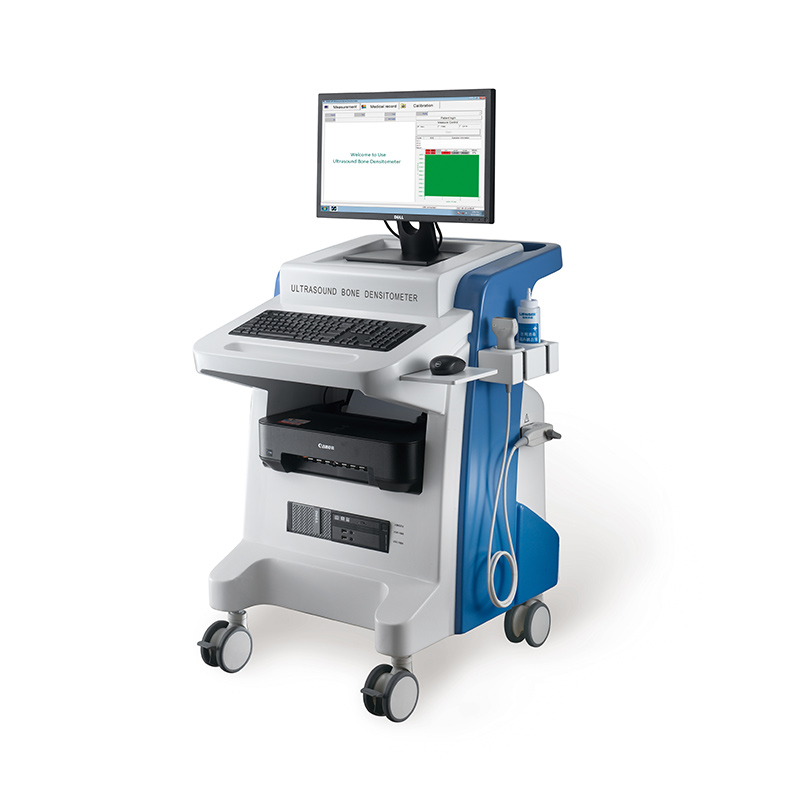DXA Bone Densitometer Dexa Pro-1
DXA Bone Densitometry DEXA-Pro-I
Bone Density Scanning, Dual-Energy X-ray Absorptiometry (DXA or DEXA) Bone Densitometry.
Application:
Dual-Energy X-ray Absorptiometry (DXA or DEXA) useing a very small dose of ionizing radiation to produce pictures of the inside of the forearm to measure bone density . It is evaluating for Osteoporosis and Osteopenia and provides a versatile solution for evaluating the risk of osteoporotic fracture.
It is an enhanced form of X-ray technology that is used to measure bone loss. DXA is today's established standard for measuring bone mineral density (BMD).
Technical Parameter:
1.Using the Dual Energy X-ray Absorptimetry.
2.Using the Most Advanced Cone - Beam and Surface Imaging Technology.
3.With High Measurement Speed and Short Measurement Time.
4.With Dual Imaging Technology to Get More Accurate Measurement.
5.Using Laser Beam Positioning Technique, Making the Measuring Position More Accurate.
6.Dectcing Image Digitization, to Get Accurate Measurement Results.
7.Adopting the Surface Imaging Technology, Measuring Faster and Better.
8.Using the Unique Algorithms to Get More Accurate Measurement Results.
9.Adopting the Full Closed Lead Protective Window to Measure, only Need to Put the Patient's Arm into the Window. The Equipment is Indirect Contact with the Scanning Parts of the Patient. Easy to Operate for the Doctor. It is Safety for the Patient and Doctor.
10.Adopting Integrated Structure Design
11.Unique Shape, Beautiful Appearance and Easy to Use.
Performance Parameter:
1.Measurement Parts: the Front of Forearm.
2. X ray tube voltage:High Energy 85Kv, Low Energy 55Kv.
3.The high and low energy corresponds to the current, 0.2mA at high energy and 0.4mA at low energy
4.X-Ray Detector:Imported High Sensitivity Digital Camera.
5.X-Ray Source:Stationary Anode X-ray Tube (with High Frequency and Small Focus)
6.Imaging Way:Cone - Beam and Surface Imaging Technology.
7.Imaging Time:≤ 5 Seconds.
8.Accuracy(error)≤ 1.0%
9.Repeatability Coefficient of Variation CV≤0.5%
10.Can be connected to hospital HIS system, PACS system
11.Measuring Parameter: T- Score, Z-Score, BMD,BMC, Area,Adult percent[%], Age percent[%], BQI (The Bone Quality Index) ,BMI,RRF: Relative Fracture Risk
12. It with multi race clinical database, including: European, American, Asian, Chinese, WHO international compatibility. It measuring the people between the age of 0 and 130.
13.Original Dell Business Computer: ,Intel i5,Quad Core Processor ,8G,1T,22'inch HD Monitor
14.Operation System: Win7 32-bit / 64 bit ,Win10 64 bit compatible
15.Working Voltage: 220V±10%, 50Hz.
What Is a Bone Mineral Density Test?
A bone mineral density test, sometimes just called a bone density test, detects whether you have osteoporosis, a word that comes from Greek and literally means "porous bone."
When you have this condition, your bones get weak and thin. They become more likely to break. It's a silent condition, which means you don't feel any symptoms. Without a bone density test, you may not realize you have osteoporosis until you break a bone.
How the Test Works
The bone density test is painless and quick. It estimates how dense or thick your bones are by using X-rays.
The DXA Bone Densitometry DEXA-Pro-I measure how much calcium and minerals are in a part of your bone. The more minerals you have, the better. That means your bones are stronger, denser, and less likely to break. The lower your mineral content, the greater your chance of breaking a bone in a fall.








